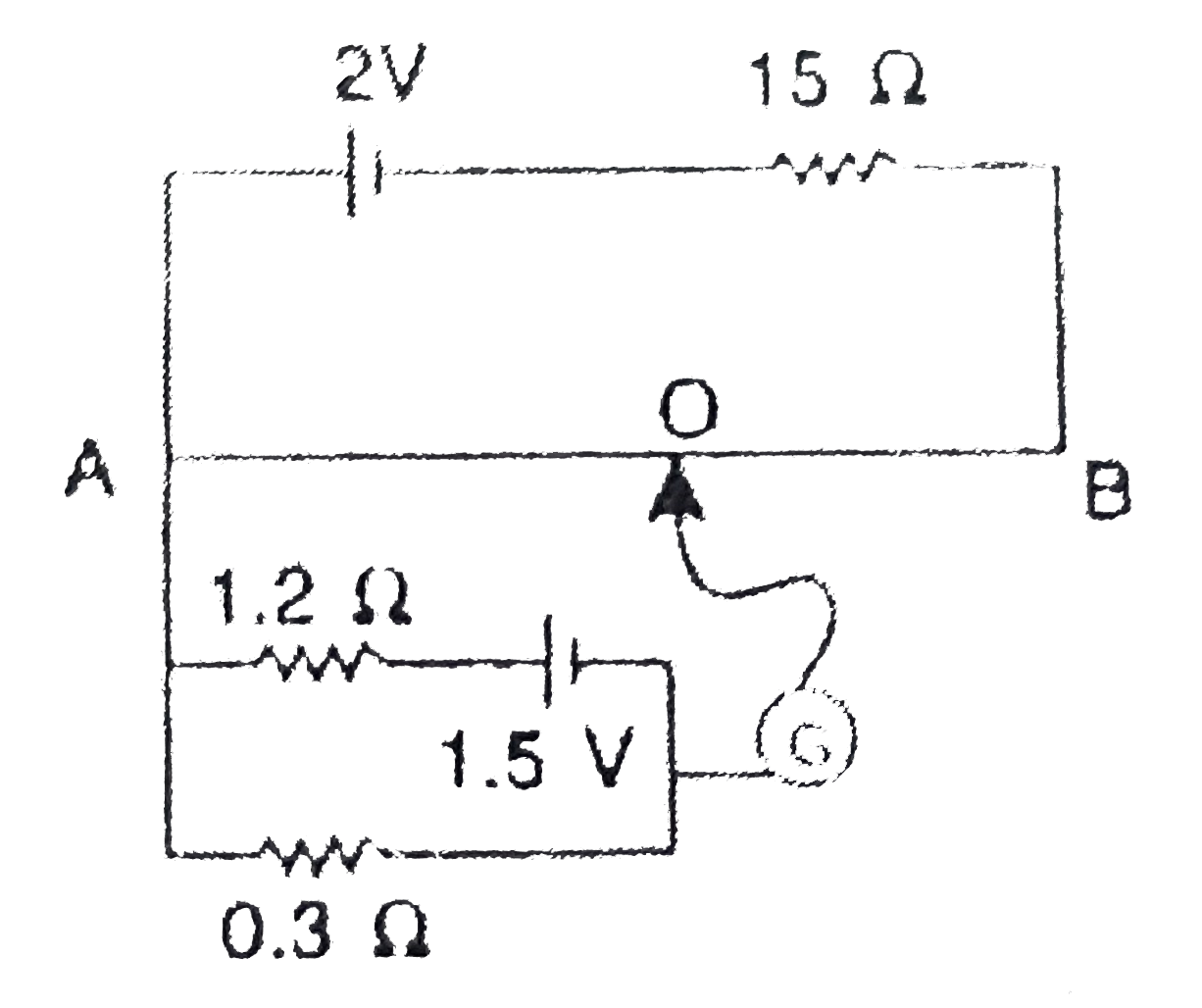State the principle of working of hydraulic press.
Step-by-Step Solution:
1. Understanding the Hydraulic Press:
- A hydraulic press is a machine that uses a confined incompressible fluid to amplify force. It consists of two cylinders of different diameters connected by a pipe filled with fluid.
2. Identifying the Principle:
- The working principle of the hydraulic press is based on Pascal's Law. This law states that when pressure is applied to a confined fluid, the pressure change occurs throughout the entire fluid without any loss.
3. Statement of Pascal's Law:
- Pascal's Law can be stated as: "In a confined incompressible fluid, any change in pressure applied at any point is transmitted undiminished throughout the fluid in all directions."
4. Application of Pascal's Law in Hydraulic Press:
- When a force F1 is applied to a smaller area A1 of the hydraulic press, it generates a pressure P1:
P1=F1A1
- According to Pascal’s Law, this pressure is transmitted equally throughout the fluid, so the pressure at the larger area A2 is:
P2=P1=F2A2
- Rearranging gives:
F2=P2×A2
5. Force Amplification:
- Since A2 is greater than A1, the force F2 exerted on the larger area can be much greater than F1. This means:
F2=A2A1×F1
- This relationship shows that a small input force can be transformed into a larger output force, allowing the hydraulic press to lift heavy objects.
6. Conclusion:
- Therefore, the hydraulic press operates on the principle of Pascal's Law, which enables the transmission of pressure through a fluid to amplify force.
- A hydraulic press is a machine that uses a confined incompressible fluid to amplify force. It consists of two cylinders of different diameters connected by a pipe filled with fluid.
- The working principle of the hydraulic press is based on Pascal's Law. This law states that when pressure is applied to a confined fluid, the pressure change occurs throughout the entire fluid without any loss.
- Pascal's Law can be stated as: "In a confined incompressible fluid, any change in pressure applied at any point is transmitted undiminished throughout the fluid in all directions."
- When a force F1 is applied to a smaller area A1 of the hydraulic press, it generates a pressure P1:
P1=F1A1
- According to Pascal’s Law, this pressure is transmitted equally throughout the fluid, so the pressure at the larger area A2 is:
P2=P1=F2A2
- Rearranging gives:
F2=P2×A2
- Since A2 is greater than A1, the force F2 exerted on the larger area can be much greater than F1. This means:
F2=A2A1×F1
- This relationship shows that a small input force can be transformed into a larger output force, allowing the hydraulic press to lift heavy objects.
- Therefore, the hydraulic press operates on the principle of Pascal's Law, which enables the transmission of pressure through a fluid to amplify force.
Topper's Solved these Questions
- Mechanical Properties of fluidsBOOK - SL ARORACHAPTER - Mechanical Properties of fluidsEXERCISE - Exercise
459 Videos
- Mathematical toolsBOOK - SL ARORACHAPTER - Mathematical toolsEXERCISE - Exercise
20 Videos
- Mechanical Properties of SolidsBOOK - SL ARORACHAPTER - Mechanical Properties of SolidsEXERCISE - Example
113 Videos
Similar Questions
Knowledge Check
The principle of operation of a hydraulic lift is
ABoyle's lawBPascal's lawCNewton's law of gravitationDDalton's law of partial pressure
(i) State the principle of working of a potentiometer.
(ii) In the following potentiometer circuit AB is a uniform wire of length 1 m and resistance 10Ω
Calculate the potential gradient along the wire and balance length AO (=l)

View SolutionState the principle of working of a cyclotron. Describe the construction with a neat labelled diagram.
View SolutionState the principle of working of ocean thermal conversion plant. Explain how the plant works ? Write one essential condition for it to operate properly.
View SolutionState the principle of working of a cyclotron. Write two used of this machine.
View SolutionWhat is the principle of working of a rocket ?
View SolutionState the principle on which the working of an electric motor is based.
View SolutionState the principle on which the working of an electric generator is based.
View Solution
